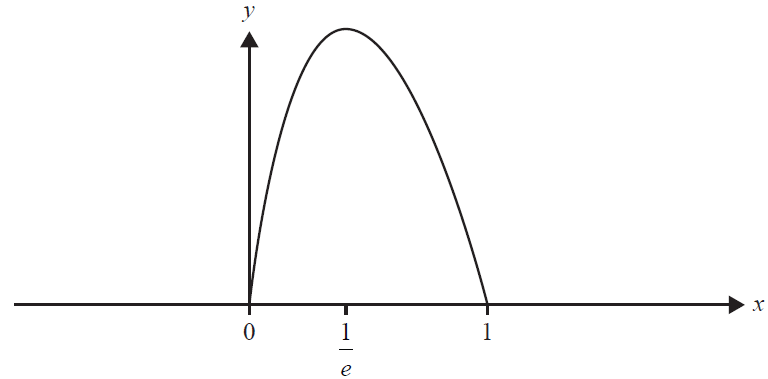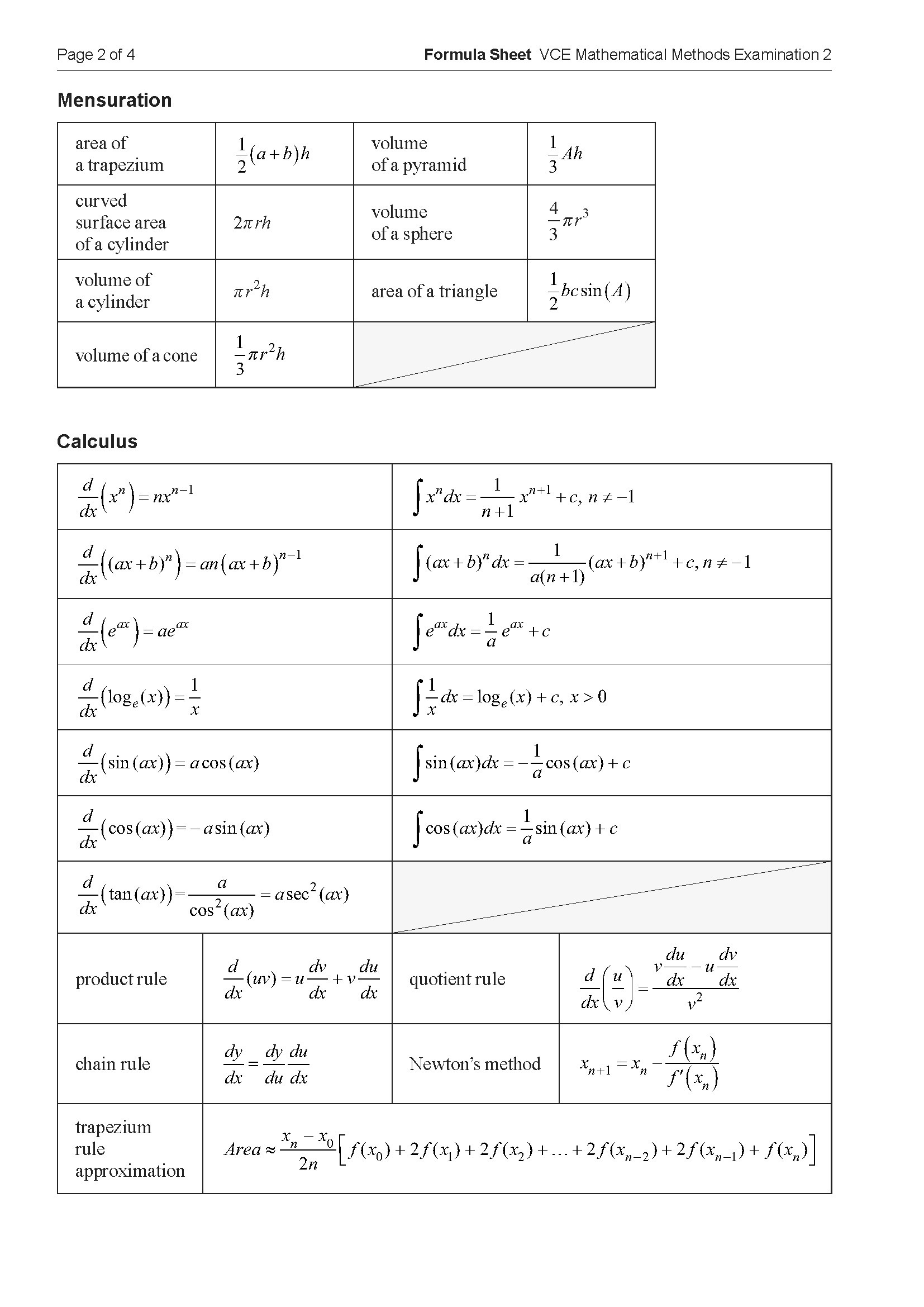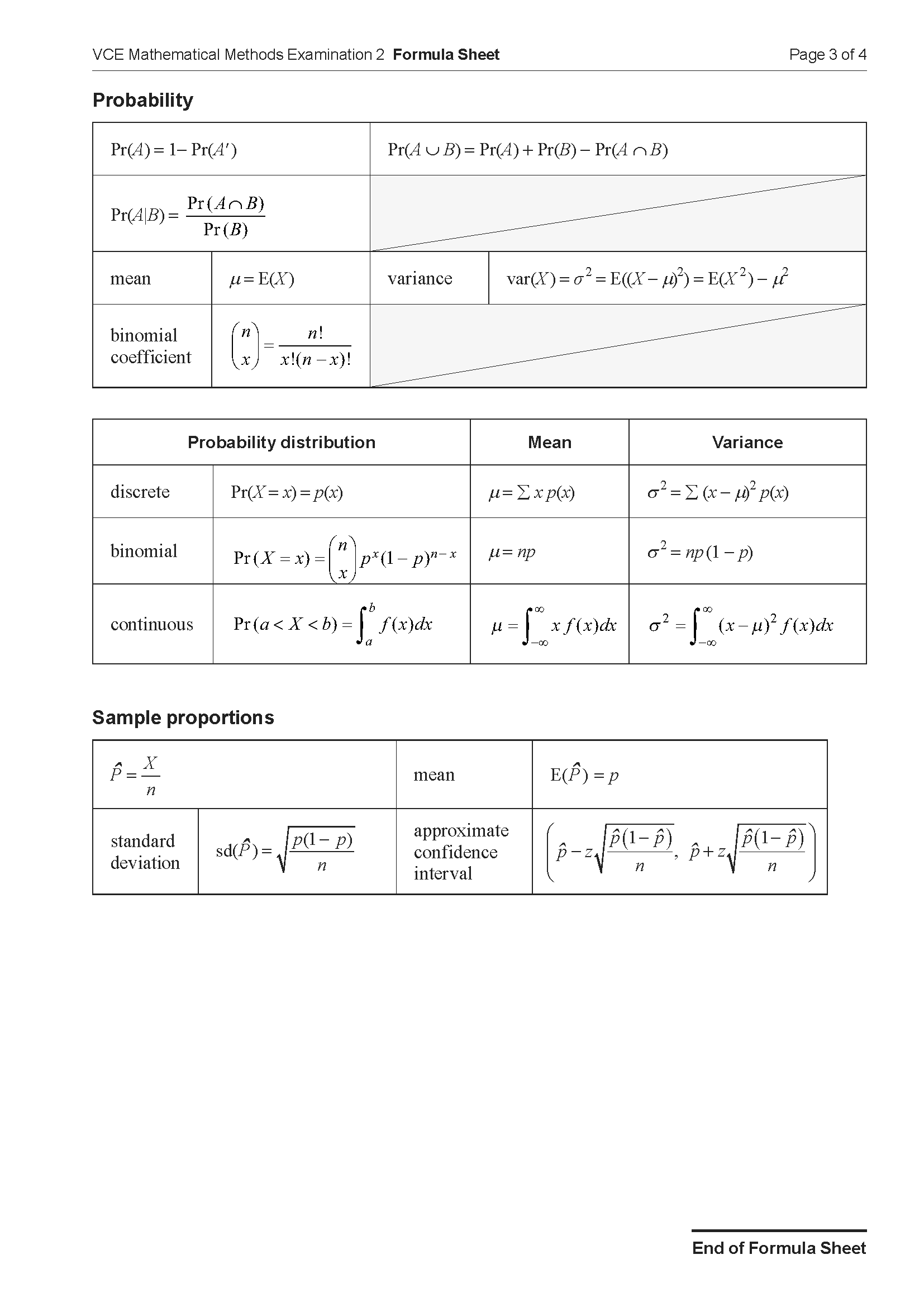2016 VCE Maths Methods Mini Test 10
Number of marks: 8
Reading time: 1 minute
Writing time: 12 minutes
Section A – Calculator Allowed
Instructions
• Answer all questions in pencil on your Multiple-Choice Answer Sheet.
• Choose the response that is correct for the question.
• A correct answer scores 1; an incorrect answer scores 0.
• Marks will not be deducted for incorrect answers.
• No marks will be given if more than one answer is completed for any question.
• Unless otherwise indicated, the diagrams in this book are not drawn to scale.
The continuous random variable, \(X\), has a probability density function given by
\(f(x) = \begin{cases} \frac{1}{4}\cos\left(\frac{x}{2}\right) & 3\pi \le x \le 5\pi \\ 0 & \text{elsewhere} \end{cases} \)
The value of \(a\) such that \(\Pr(X < a) = \frac{\sqrt{3}+2}{4}\) is- A. \(\frac{19\pi}{6}\)
- B. \(\frac{14\pi}{3}\)
- C. \(\frac{10\pi}{3}\)
- D. \(\frac{29\pi}{6}\)
- E. \(\frac{17\pi}{3}\)
Consider the discrete probability distribution with random variable \(X\) shown in the table below.
| \(x\) | -1 | 0 | \(b\) | \(2b\) | 4 |
| \(\Pr(X=x)\) | \(a\) | \(b\) | \(b\) | \(2b\) | 0.2 |
The smallest and largest possible values of \(E(X)\) are respectively
- A. -0.8 and 1
- B. -0.8 and 1.6
- C. 0 and 2.4
- D. 0.2125 and 1
- E. 0 and 1
End of Section A
Section B – No Calculator
Instructions
• Answer all questions in the spaces provided.
• Write your responses in English.
• In questions where a numerical answer is required, an exact value must be given unless otherwise specified.
• In questions where more than one mark is available, appropriate working must be shown.
• Unless otherwise indicated, the diagrams in this book are not drawn to scale.
Let \(X\) be a continuous random variable with probability density function
\(f(x) = \begin{cases} -4x\log_e(x) & 0 < x \le 1 \\ 0 & \text{elsewhere} \end{cases} \)
Part of the graph of \(f\) is shown below. The graph has a turning point at \(x = \frac{1}{e}\).
a. Show by differentiation that \(\frac{x^k}{k^2}(k\log_e(x)-1)\) is an antiderivative of \(x^{k-1}\log_e(x)\), where \(k\) is a positive real number. 2 marks
b.
i. Calculate \(\Pr(X > \frac{1}{e})\). 2 marks
ii. Hence, explain whether the median of \(X\) is greater than or less than \(\frac{1}{e}\), given that \(e > \frac{5}{2}\). 2 marks
End of examination questions
VCE is a registered trademark of the VCAA. The VCAA does not endorse or make any warranties regarding this study resource. Past VCE exams and related content can be accessed directly at www.vcaa.vic.edu.au

